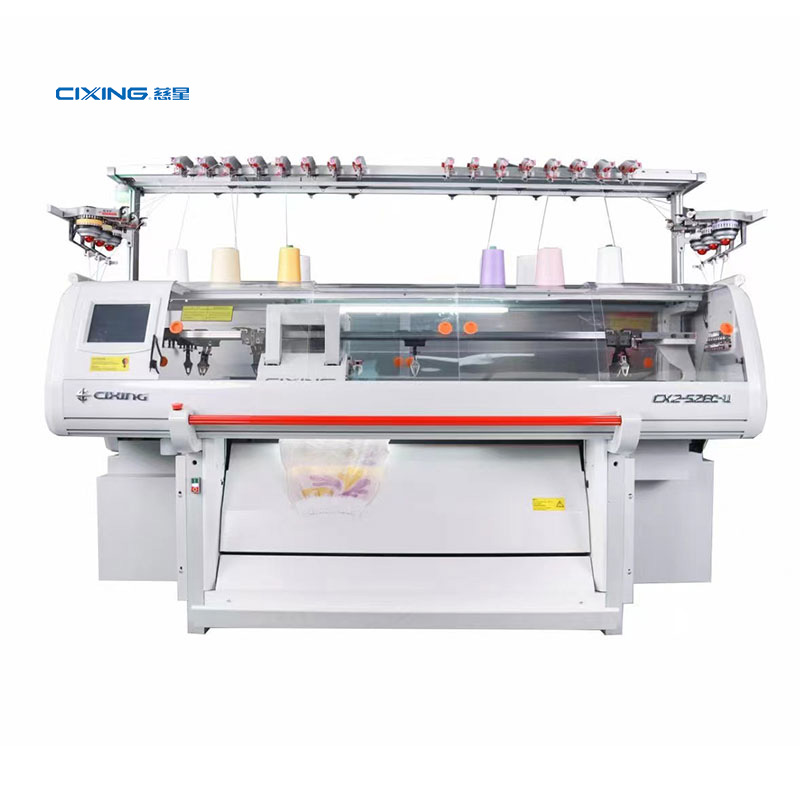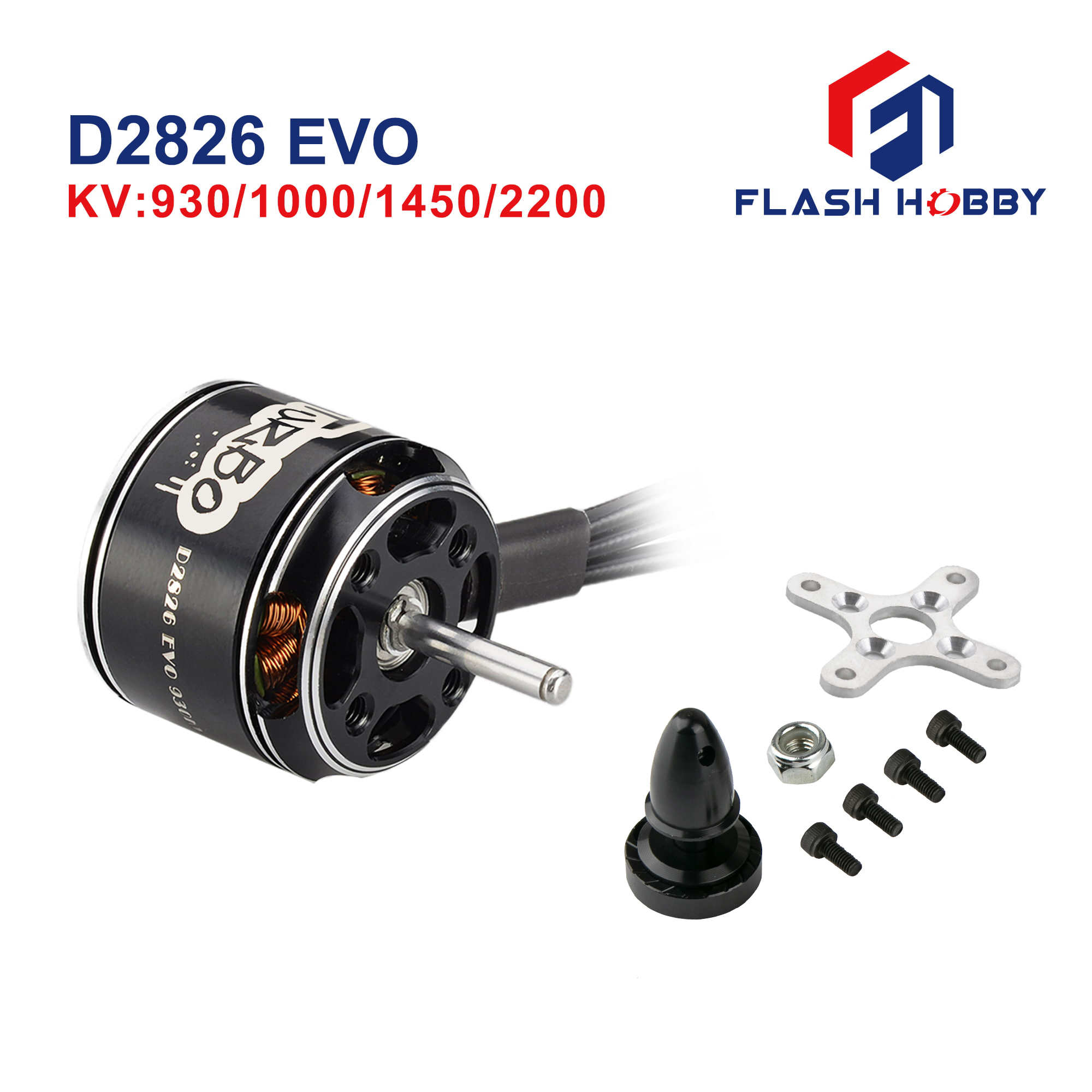Wool Sweater Knitting Machine
A wool sweater knitting machine is a piece of equipment designed to automate the process of creating knitted garments, such as sweaters, using wool or other yarn materials. These machines can vary in complexity, size, and features, but they all serve the purpose of mechanically producing knitted fab......
Send Inquiry
Product Description
A wool sweater knitting machine is a piece of equipment designed to automate the process of creating knitted garments, such as sweaters, using wool or other yarn materials. These machines can vary in complexity, size, and features, but they all serve the purpose of mechanically producing knitted fabrics. Here are some key points about wool sweater knitting machines:
1. Types of Knitting Machines:
There are different types of knitting machines available, each with its own characteristics and capabilities:
- Hand Knitting Machines: These are usually smaller, manual machines operated by hand or with a manual crank. They are suitable for home-based knitting projects and allow for more intricate patterns and designs.
- Semi-Automatic Machines: These machines are powered and automate some of the knitting processes, but they still require manual intervention for certain tasks, such as changing yarn colors or adjusting stitch patterns.
- Fully Automatic Machines: These machines are capable of performing most knitting processes automatically, including selecting stitch patterns, changing colors, and even shaping the garment. They are often used in larger-scale manufacturing settings.
2. Features and Capabilities:
- Stitch Patterns: Different machines offer various stitch patterns, from basic stockinette and ribbing to more complex cable or lace patterns.
- Yarn Handling: Machines can handle different yarn types and thicknesses, including wool, cotton, acrylic, and blends.
- Color Changes: Some machines can automatically change yarn colors to create stripes or multicolored patterns.
- Garment Shaping: Advanced machines can shape garments by increasing or decreasing stitches, allowing for tailored fits.
- Computerized Controls: Many modern machines come with computerized controls and programming options, enabling precise customization of designs and patterns.
3. Advantages:
- Efficiency: Knitting machines can produce garments much faster than hand knitting.
- Consistency: They ensure consistent tension and stitch quality throughout the garment.
- Complex Patterns: Machines can easily replicate intricate stitch patterns that might be time-consuming or difficult to achieve with hand knitting.
- Mass Production: Fully automatic machines are used in the textile industry for mass production of knitted garments.
4. Limitations:
- Learning Curve: Operating knitting machines, especially more advanced models, can require a learning curve.
- Maintenance: Machines need regular maintenance to ensure they function properly.
- Cost: High-quality, fully automatic knitting machines can be expensive.
5. Creative Considerations:
While knitting machines can speed up the knitting process, some people enjoy the tactile and creative experience of hand knitting. Machine knitting doesn't replace the artistry of hand knitting and may have limitations in terms of intricate details and customization.
If you're interested in using a knitting machine, consider your skill level, the scale of your projects, and your desired level of automation. Research the specific machine model you're considering to understand its features, capabilities, and maintenance requirements.









